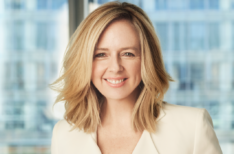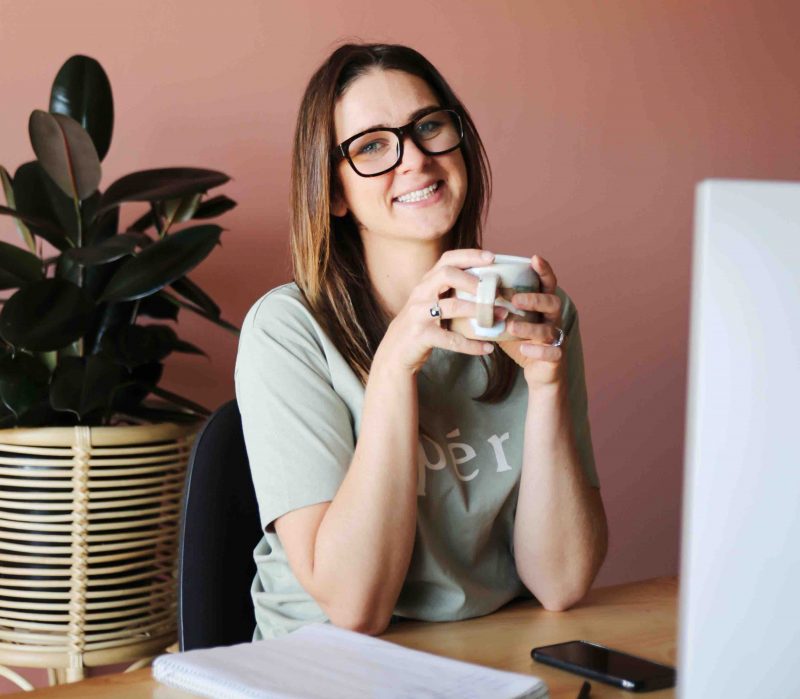After COVID-19, readers will want niche publishers more than ever
Is a subscriber model the path to success? Odette Barry argues that now, more than ever, is when publishers need to look beyond the paywall and towards diversification.
The models being touted by traditional publishing are broken. The future is nimble, highly connected outlets who aren’t afraid to keep lots of balls in the air.
Unless you’ve been living under a rock, you’ll know that 2020 has been a helluva year for Australian media and publishing. A business model that was already looking pretty shaky has been knocked for six as advertising spend basically dried up overnight and has struggled to make a comeback.

Does a subscriber model really save the day?
But before we all get on the soap box about subscriber models and the need to pay for news, let’s take a moment to assess the reality. As consumers, we’re now accustomed to getting our politics, trade news, gossip, beauty advice, LOLs and everything else without having to spend a cent. It’s hard to take the dummy away from the baby.
So when people say the subscriber model is the solution, I both nod my head and hold up a finger to say “Not so fast”.
The new business model that’s needed in publishing is one that’s truly new. And it already exists. Niche publishers who are relying on income from more than just subscriptions and aren’t afraid to genuinely connect with their audiences are the ones leading the way. For once, bigger isn’t necessarily better.
A survey of 80,000 news consumers from across 40 countries found that two-thirds were happy to pay for news that was distinctive and of a high quality – both values championed by independent publishing. Independents are small enough to try new things and adapt when the market demands it. Like, for example, when COVID hit.
Business network Future Women has publishing in its blood, thanks to its founder and CEO being Helen McCabe, former editor of Australian Women’s Weekly. But that really came to the fore this year, when events ground to a halt and the organisation needed new ways to bring its members together.
The Future Women team have been going live every day in Facebook groups, interviewing leaders from a range of industries. A new podcast was launched in July, as other outlets were closing or slashing budgets. And on social media, the team’s presence is very real. They’re small enough that big names like McCabe and chief creative officer Jamila Rizvi regularly pop up within the members-only Facebook group. It’s not an anonymous beast. This is the kind of access and community that people are willing to pay for.
But the business model is way more diverse than subscriptions and eyeballs. Future Women is part networking platform, part publisher and part training organisation – and it’s here that the big bucks lie.
Future Academy, the training arm that helps workplaces to improve their diversity and inclusion, has just landed a stack of government business. The Attorney-General’s department, Treasury, the Australian Federal Police and the Digital Transformation Agency are all on the books, according to the Sydney Morning Herald, plus several departments have bought memberships to Future Women for their staff. The total bill? A cool $420,000.

Future Women founder Helen McCabe
The Digital News Report 2020 also found that e-newsletters are having a resurgence, along with the rise of podcasts, as a way of connecting with audiences who in turn are more likely to pay for content from brands they trust.
The New York Times offers more than 70 regular newsletters tailored to different interests, and reports open rates of 60% on its morning briefing. The most successful newsletters have replaced the stock standard round-up of links and images with an “anchor”, a news personality or editor who writes the email and provides another point of connection between outlet and reader.
Women’s Agenda’s morning newsletters are the most important editorial and business development tool of the publication, according to editor Angela Priestley. Women’s Agenda has also played in the events space, with conferences, awards programs and partnerships, and this year responded quickly to the plummet in ad revenue by introducing a membership model. But the daily email, as well as podcasts, help keep the brand super close to its community and warm them up for membership purchases.
For the bridal industry, 2020 is seen by many as a write-off. But speaking to Sophie Lord, editor of Gen-Y bridal magazine Hello May, it’s not all storm clouds. The cash reserves aren’t solely reliant on ad pages. The magazine has an online store of calendars, planners and it’s annual Real Weddings Special that people eagerly await. Then there’s the online directory of vendors and suppliers, a variation on the advertising model that is less cyclical than winning new business every issue.
So next time someone says that we should be paying for news, let’s ask what the value is that big publishers are offering. Should they be taking a few moves out of the independents’ playbook? Is it time to offer their readers something no one else is, instead of doing copycat journalism? It’s time for some fresh ideas in publishing – and I know where I’ll be looking.

Odette Barry is a storyteller and public relations specialist based in Byron Bay. She is the founder of PR agency Odette and Co and the creator of the Hack Your Own PR Program

